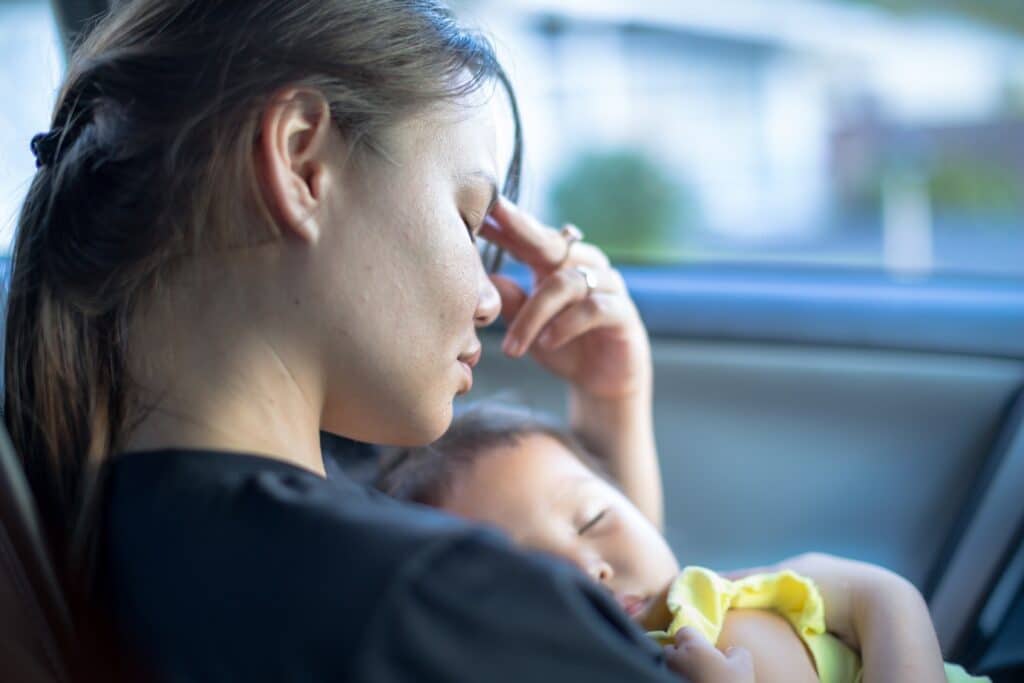Migraine continues to impose significant impacts on women, with 80 per cent telling a national survey they’re unhappy with how their migraines are managed, and 98 per cent having to change their plans at least once a month due to symptoms.
Almost half of women diagnosed with migraine experience the worst of their symptoms within the first hour, with respondents revealing it can take up to eight hours to manage symptoms.
Three quarters (70 per cent) of these women say they can’t stop a migraine attack from occurring and two thirds (68 per cent) can’t reduce their symptoms fast enough.
In the national survey, ‘Australian Women and Migraine’, women’s healthcare company, Organon heard from over 1,000 women aged between 21- 50 years old about their experiences with the common neurological disorder.
“We know that women are twice as likely to be affected by migraine than men, and the painful symptoms and debilitating impact on women and their families and careers are underestimated,” said Nirelle Tolstoshev, Managing Director of Organon ANZ.
Migraine affects almost 5 million people, mainly women in Australia. Its symptoms can have impacts on work and career progression, social life, parenting and concentration.
Data from the survey revealed that of the 62 per cent of women who experience migraine attacks at work, less than half (48 per cent) feel comfortable speaking to their manager about their migraine, and 60 per cent admit to losing concentration. .
Sixty-three per cent say the lighting in the office is a trigger, and 52 per cent cite loud music and conversations as the culprit.
And 41 per cent of the women believe living with migraine has negatively impacted their career prospects including promotions and bonuses.
When it comes to spending time with friends and family, more than two thirds (69 per cent) feel a migraine has prevented this. Most mothers (71 per cent) also say they feel guilty about missing time with loved ones when they have a migraine, with two thirds (66 per cent) having to make alternative arrangements for things like school pick-ups, sports and meals.
Professional netballer and sports commentator, Bianca Chatfield lives with migraine and says that lights are a major trigger for her.
“Playing netball professionally meant bright lights were almost impossible to avoid. Game day was the worst time for me to experience an attack, it wasn’t possible to just push through the intense pain, I needed effective solutions quickly to ensure I didn’t miss out on court time,” she said.
“A migraine attack can alter my whole day, my vision is impacted and I suffer from loss of concentration. For a long time, my car became my ‘safe haven’ where I’d recoup if I experienced an attack out of the home and wait until the symptoms subside. However, this isn’t feasible with a busy work schedule and a young child – we need better treatment options!”
An alarming 61 per cent of women surveyed living with episodic migraine– a headache lasting up to 14 days per month– blame the lack of better solutions as a barrier to managing their symptoms, with the majority (80 per cent) finding themselves isolated in a dark quiet room to deal with the pain.
“The Organon survey reveals a concerning epidemic of women living with episodic migraine in Australia who are still not getting relief fast enough,” said Carl Cincinnato, Director of Migraine and Headache Australia.
“Women should not be forced to retreat into a quiet, dark room to manage their symptoms in isolation. Having timely access to adequate treatment is essential to help take control of this common and deeply debilitating condition.”



